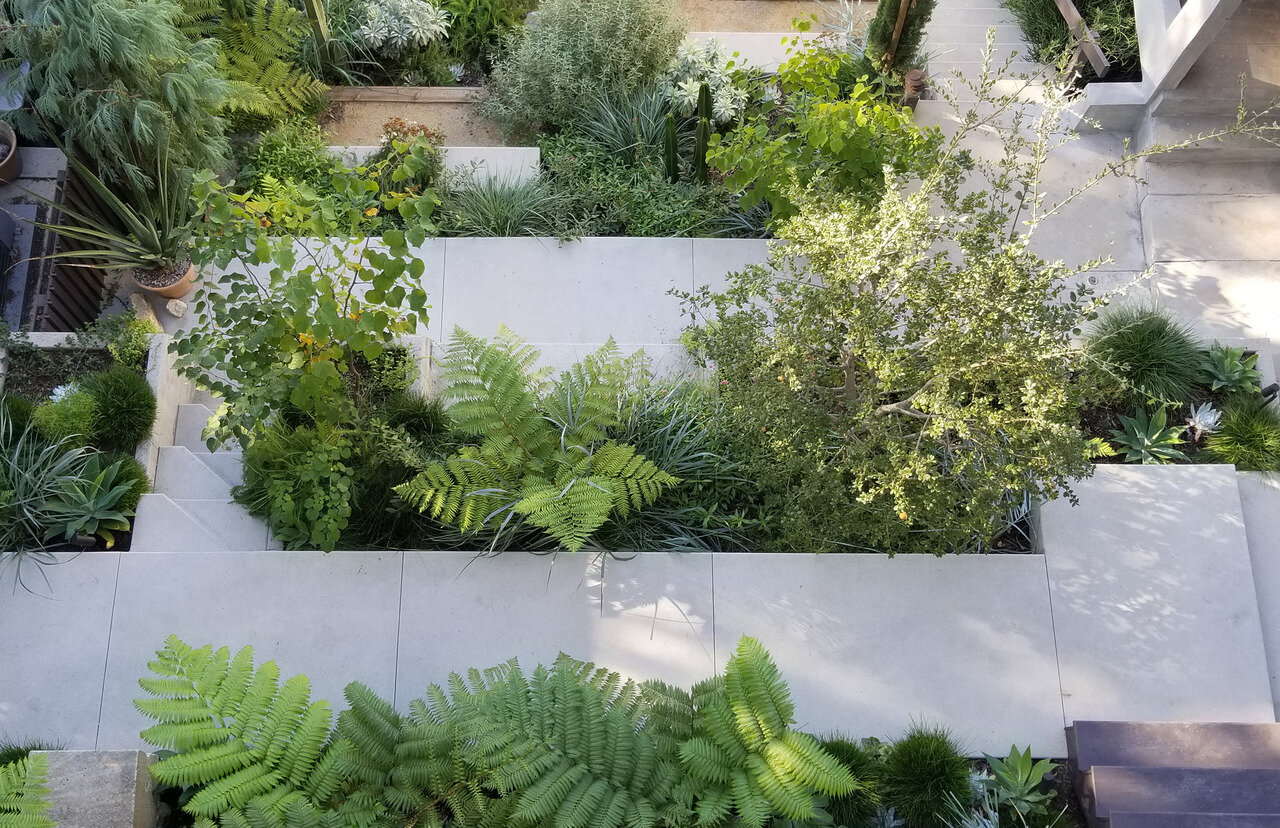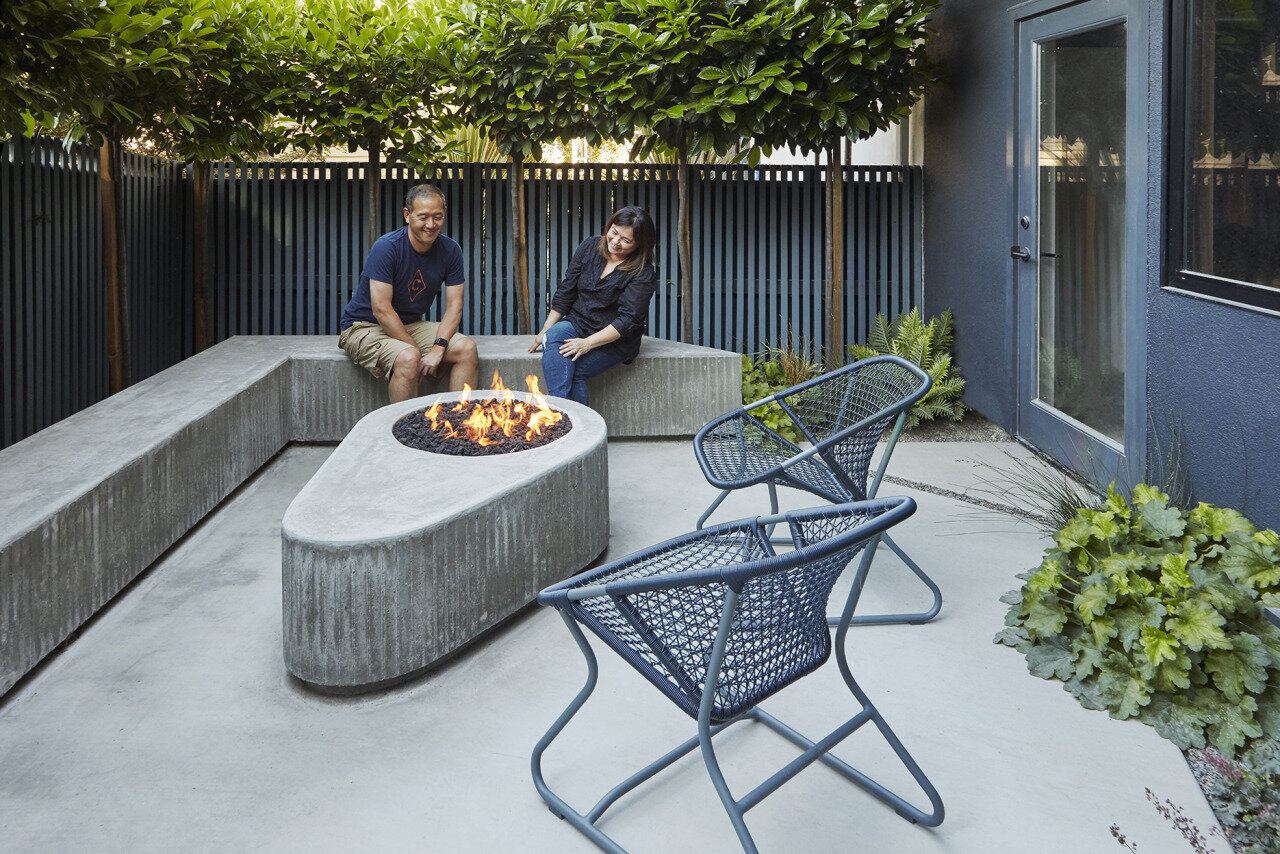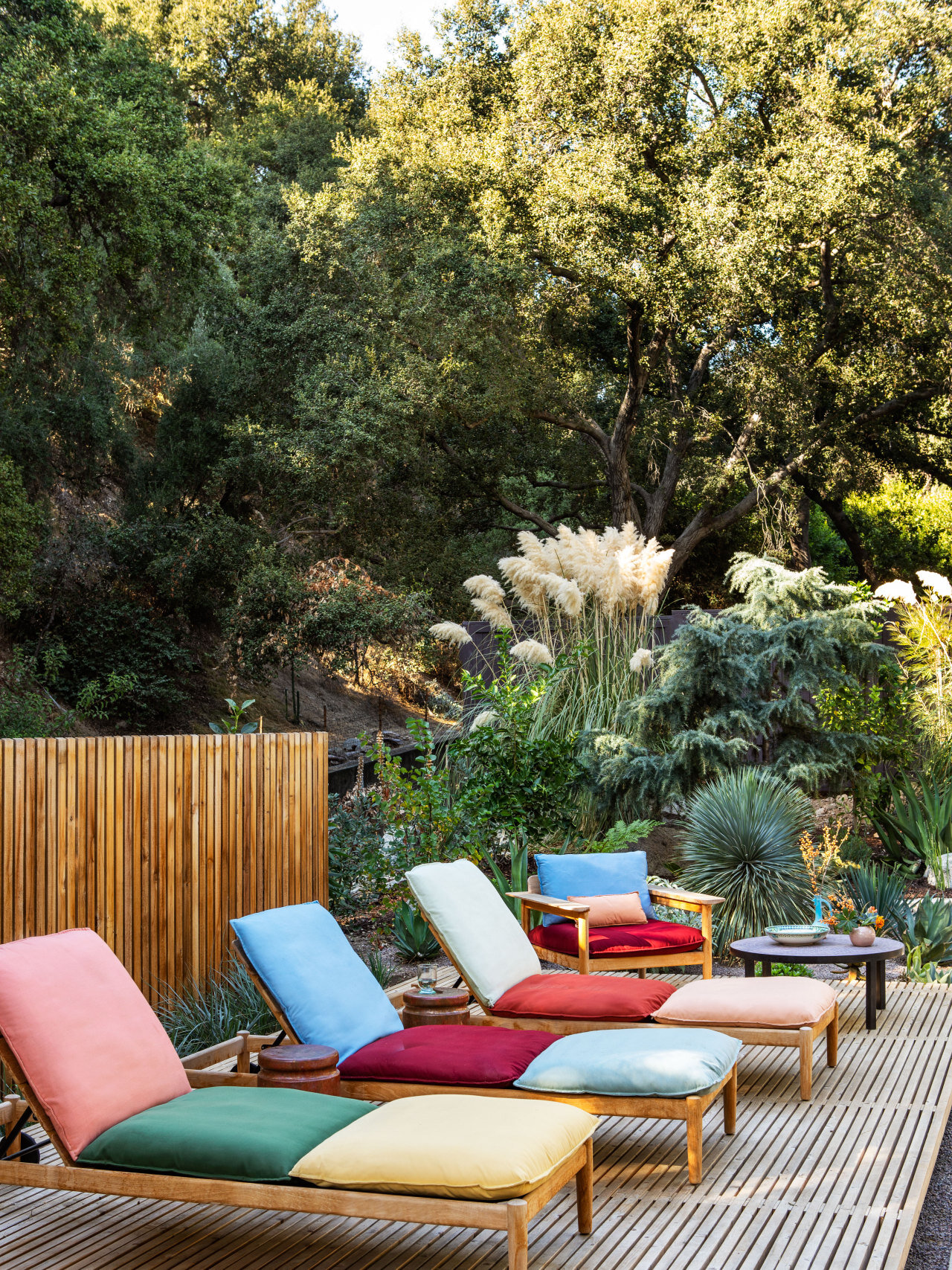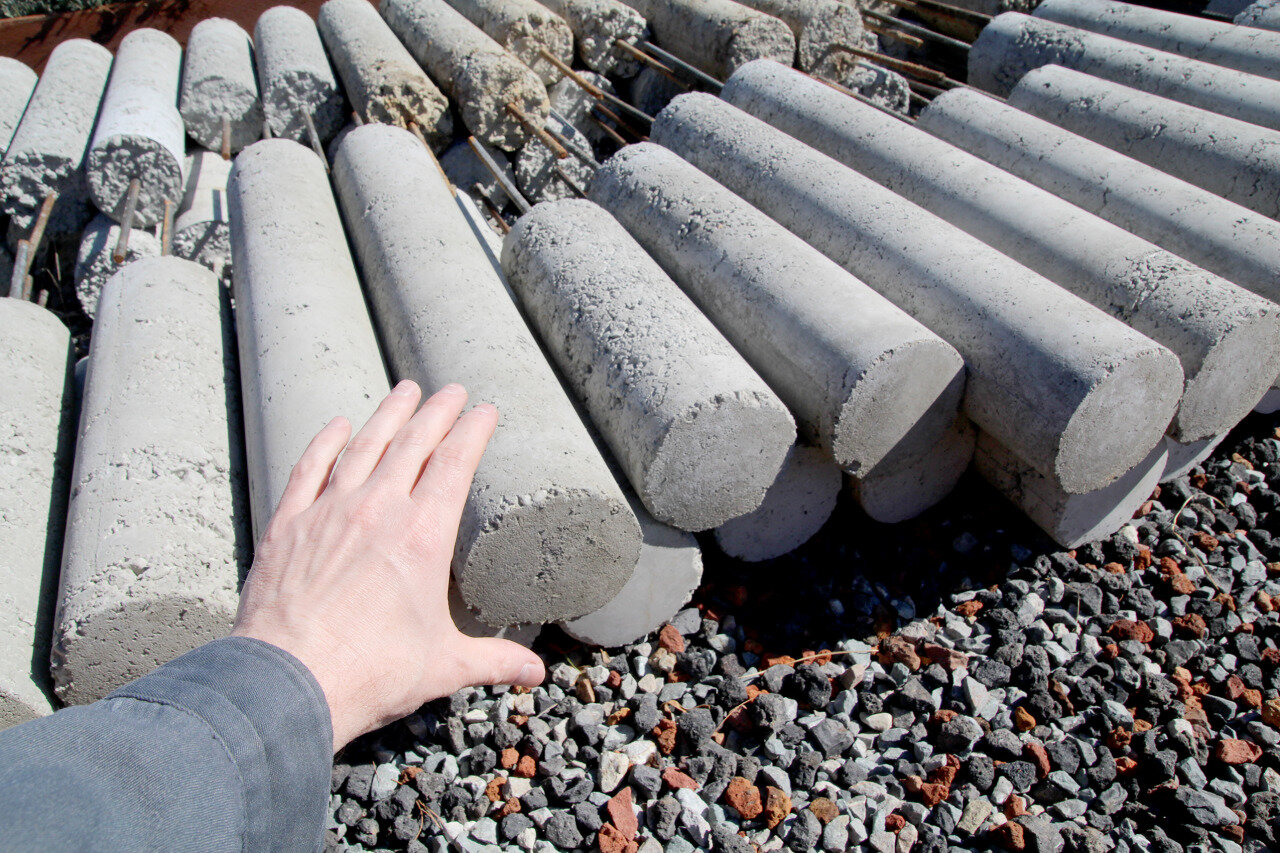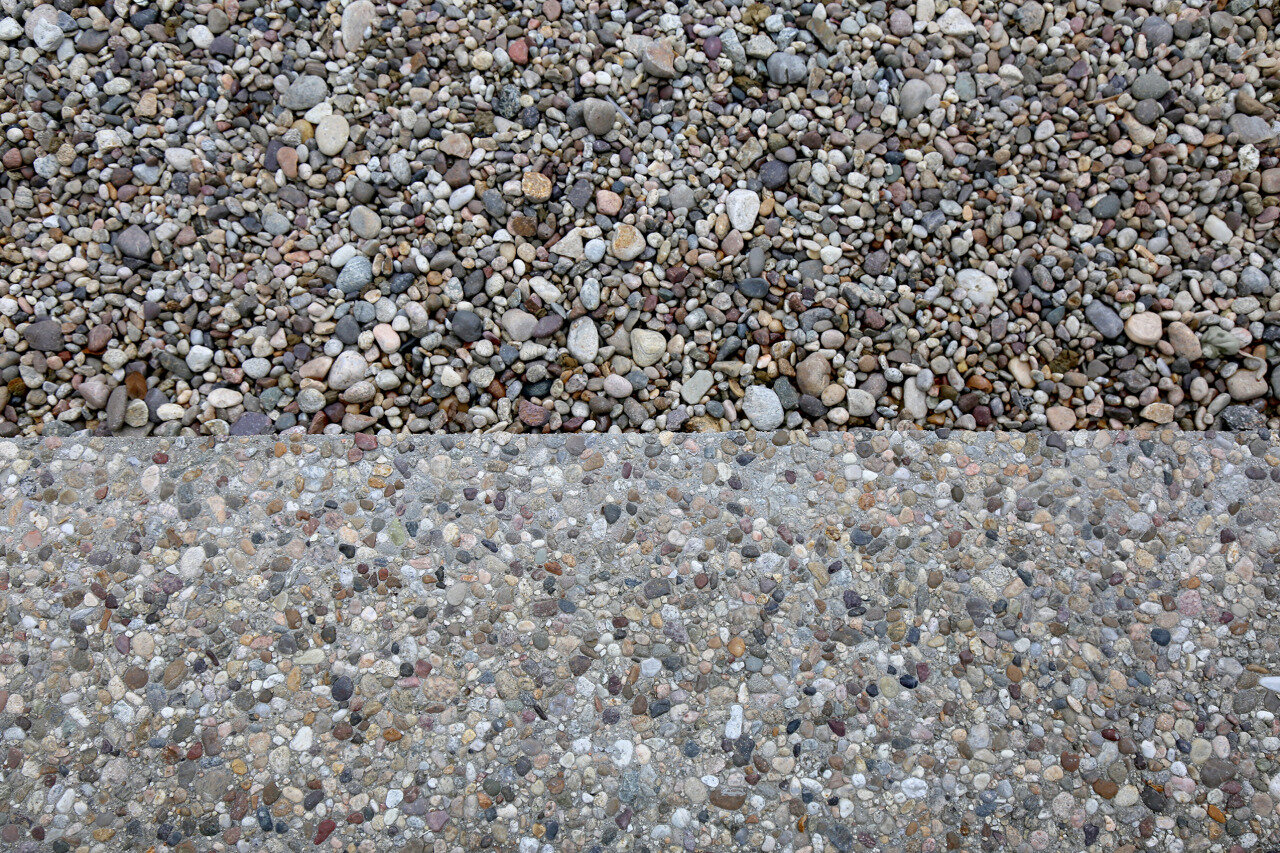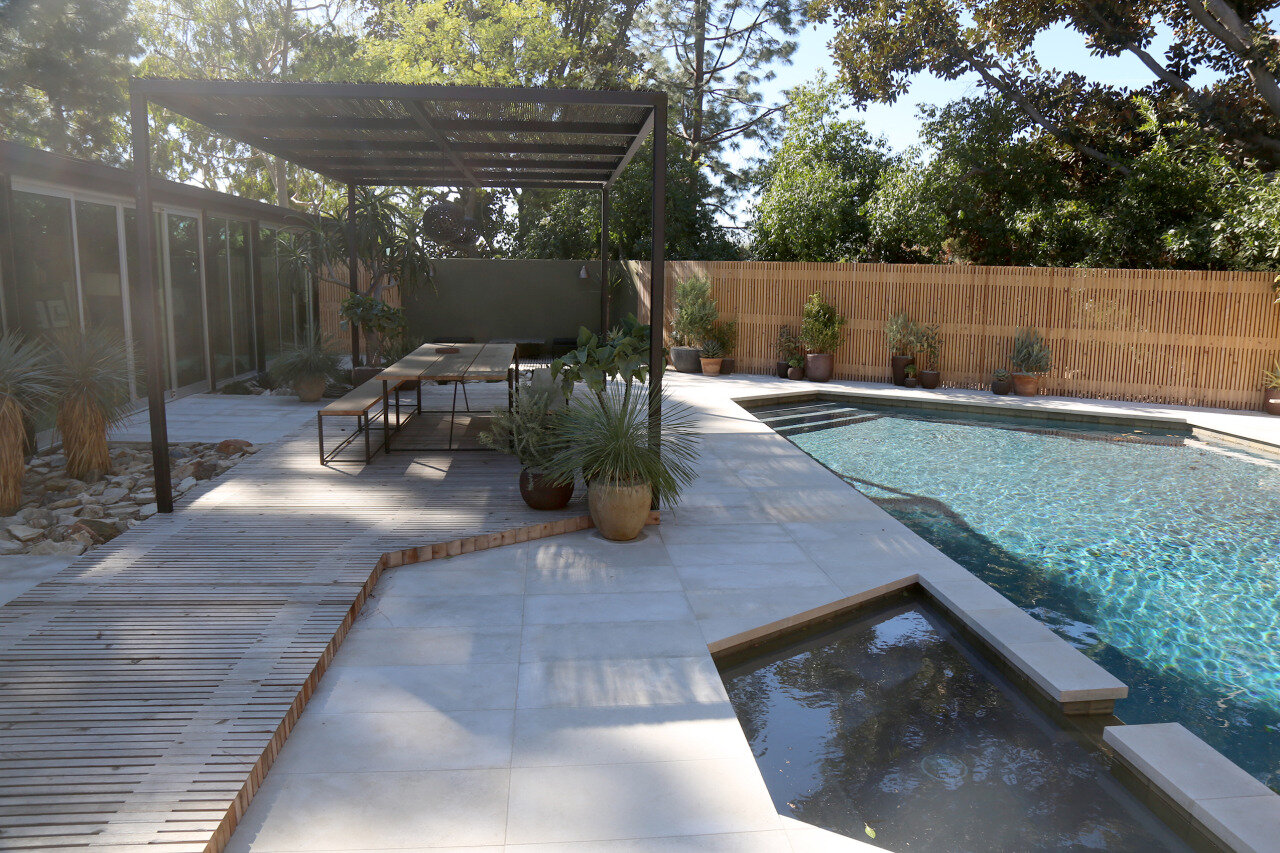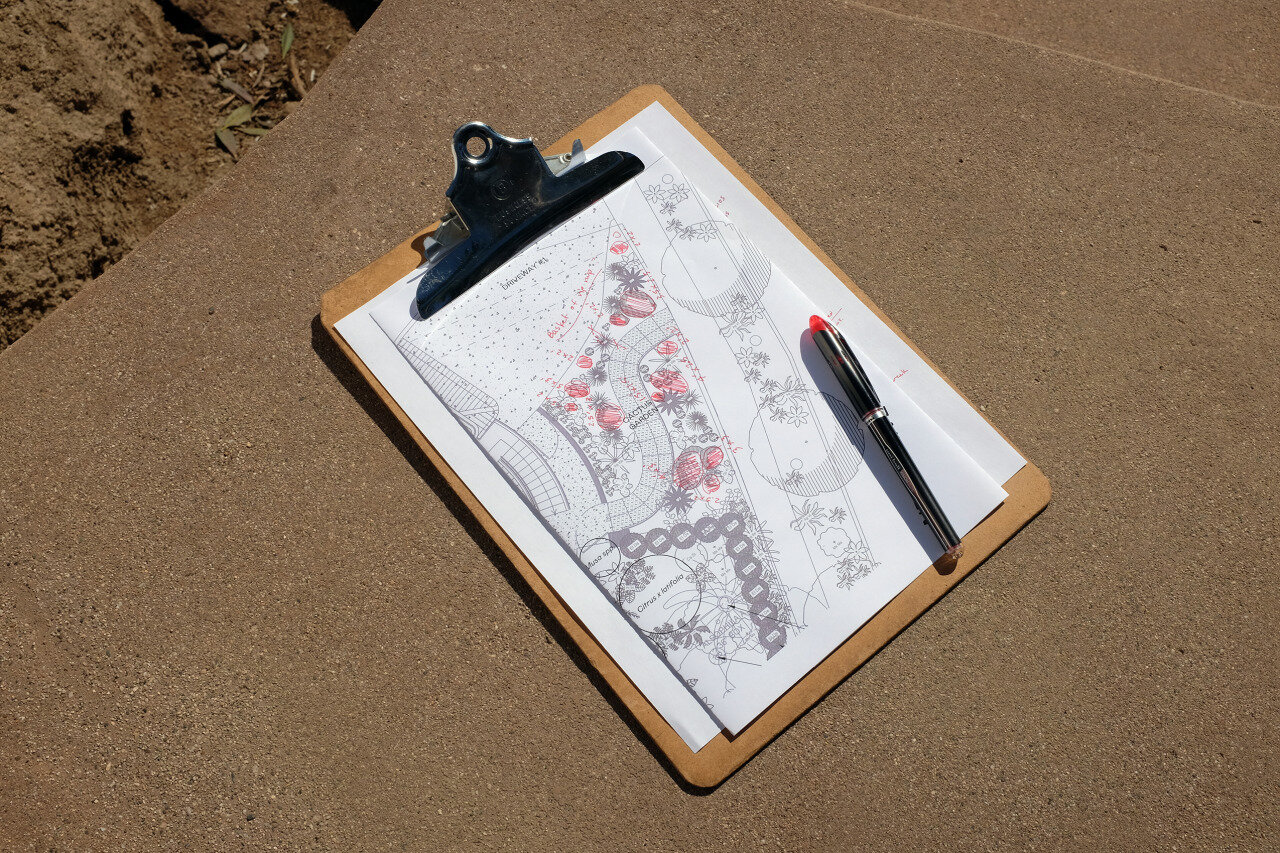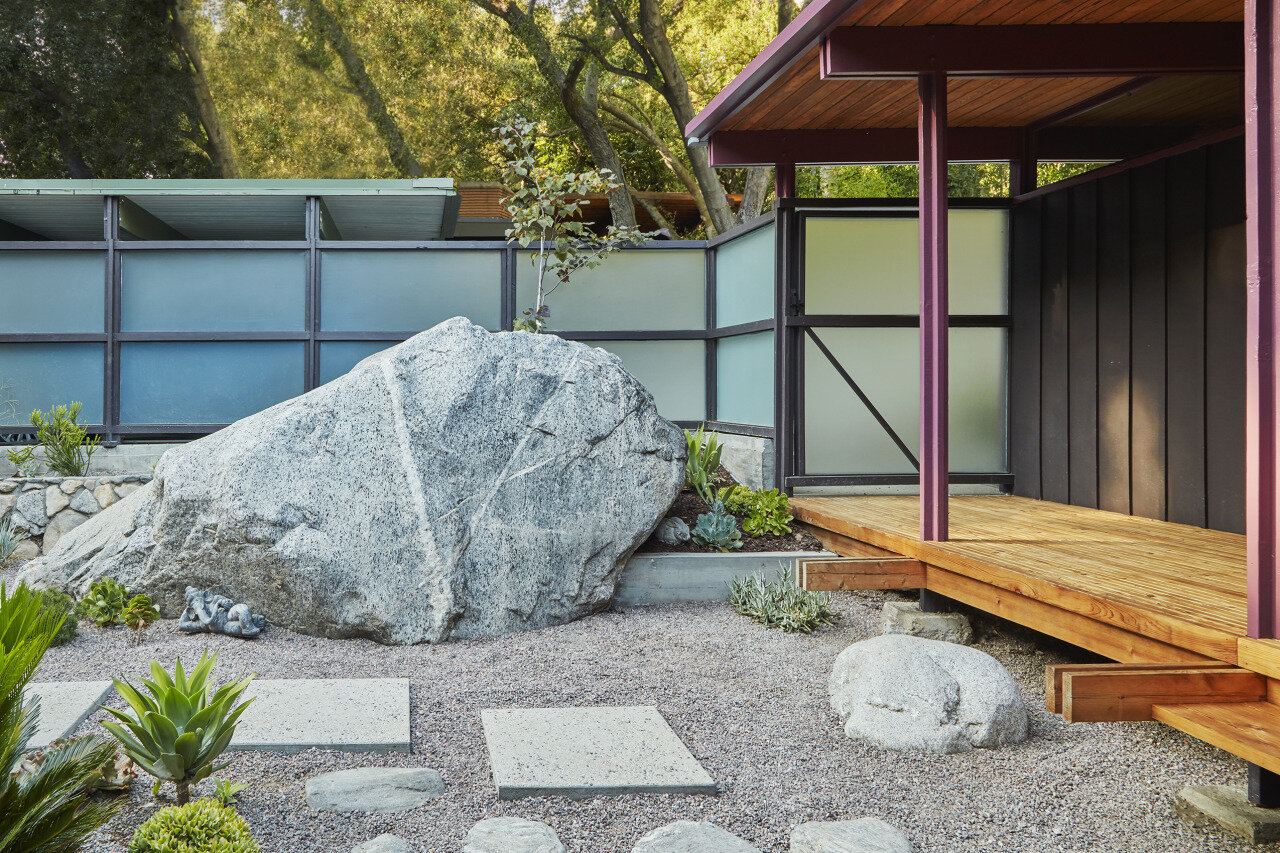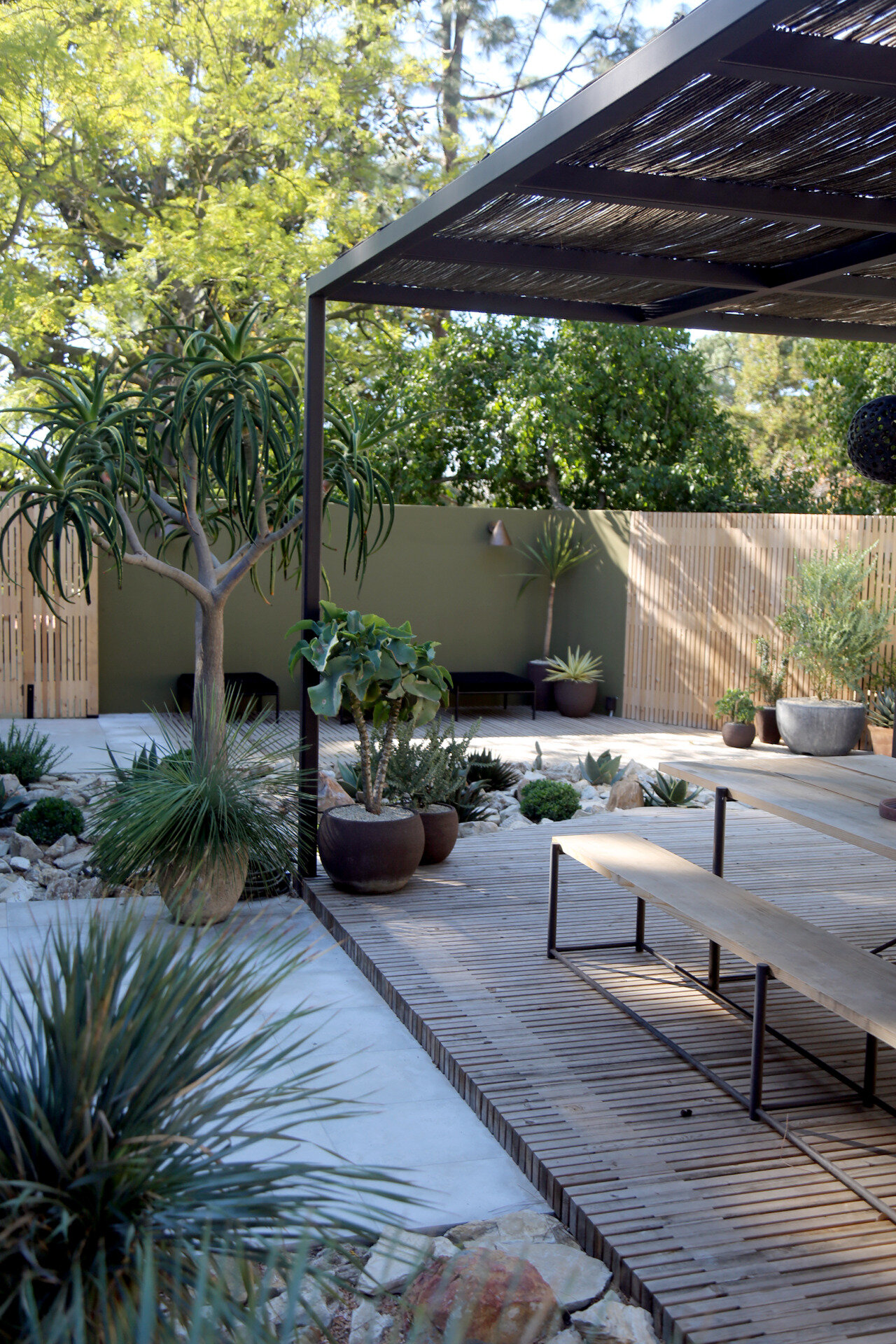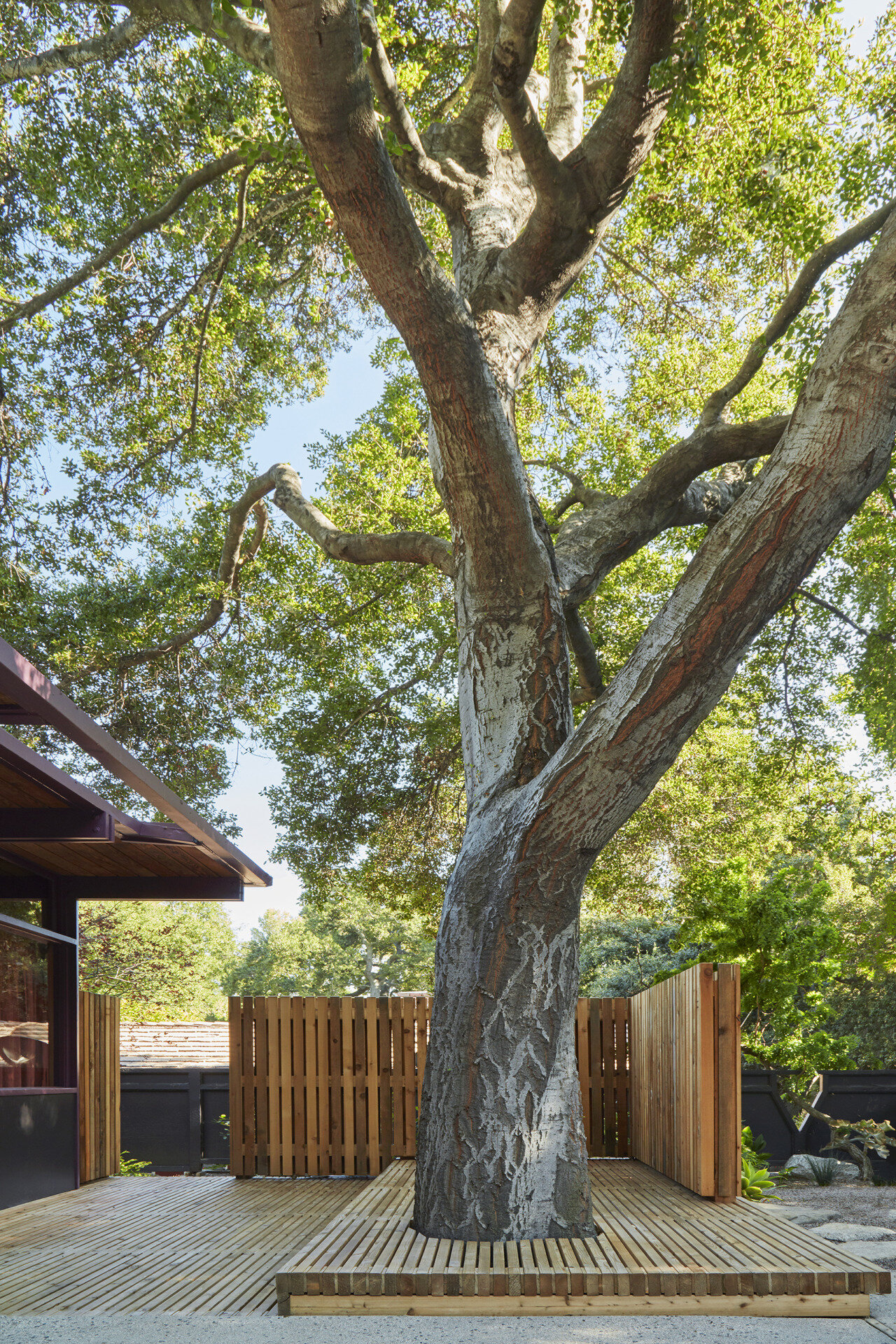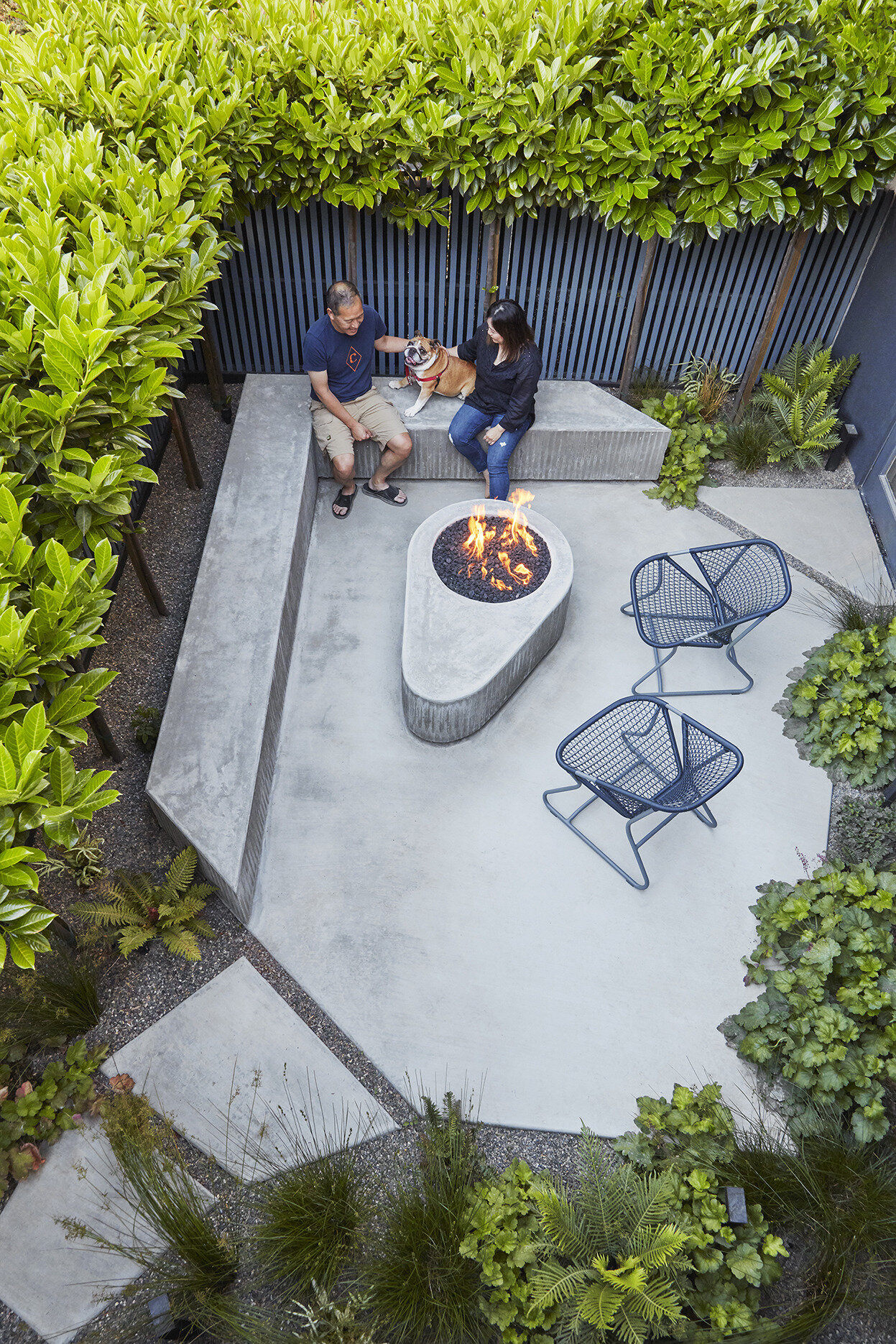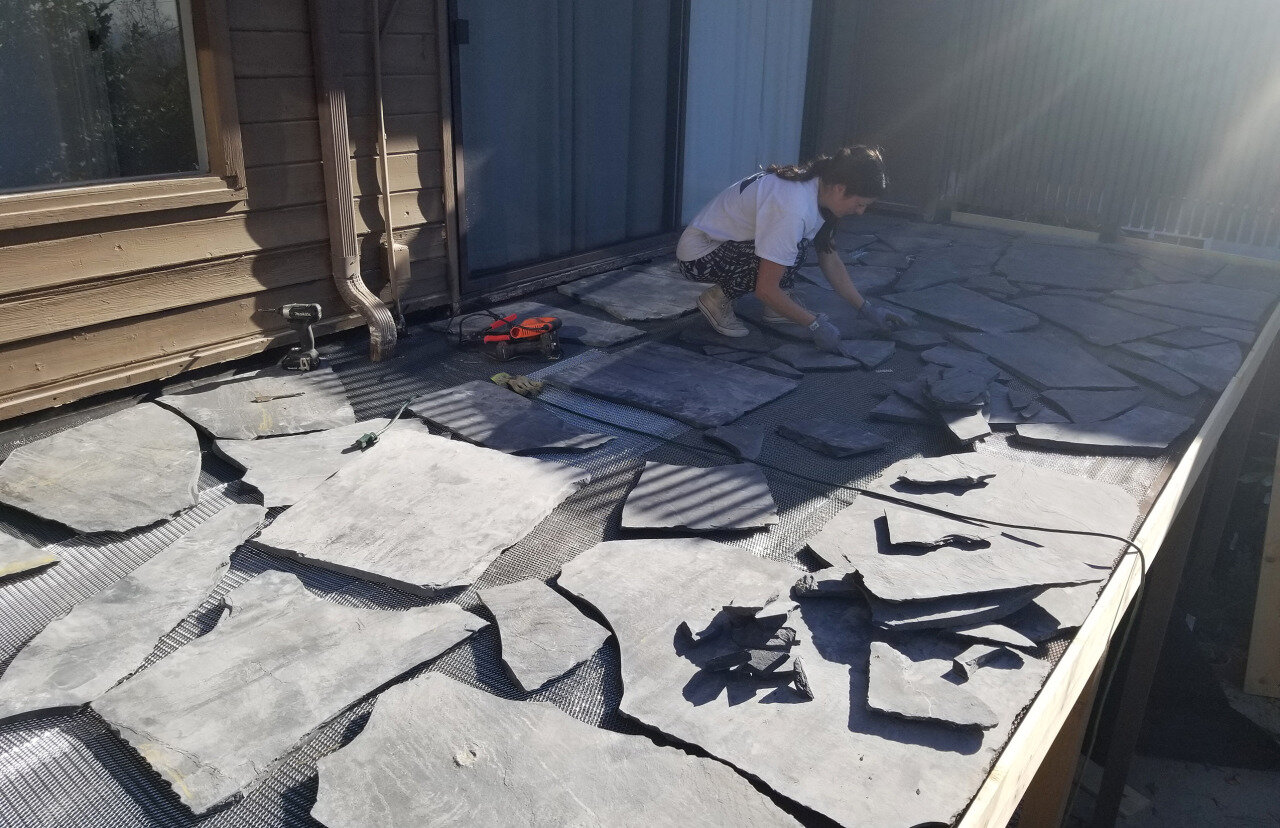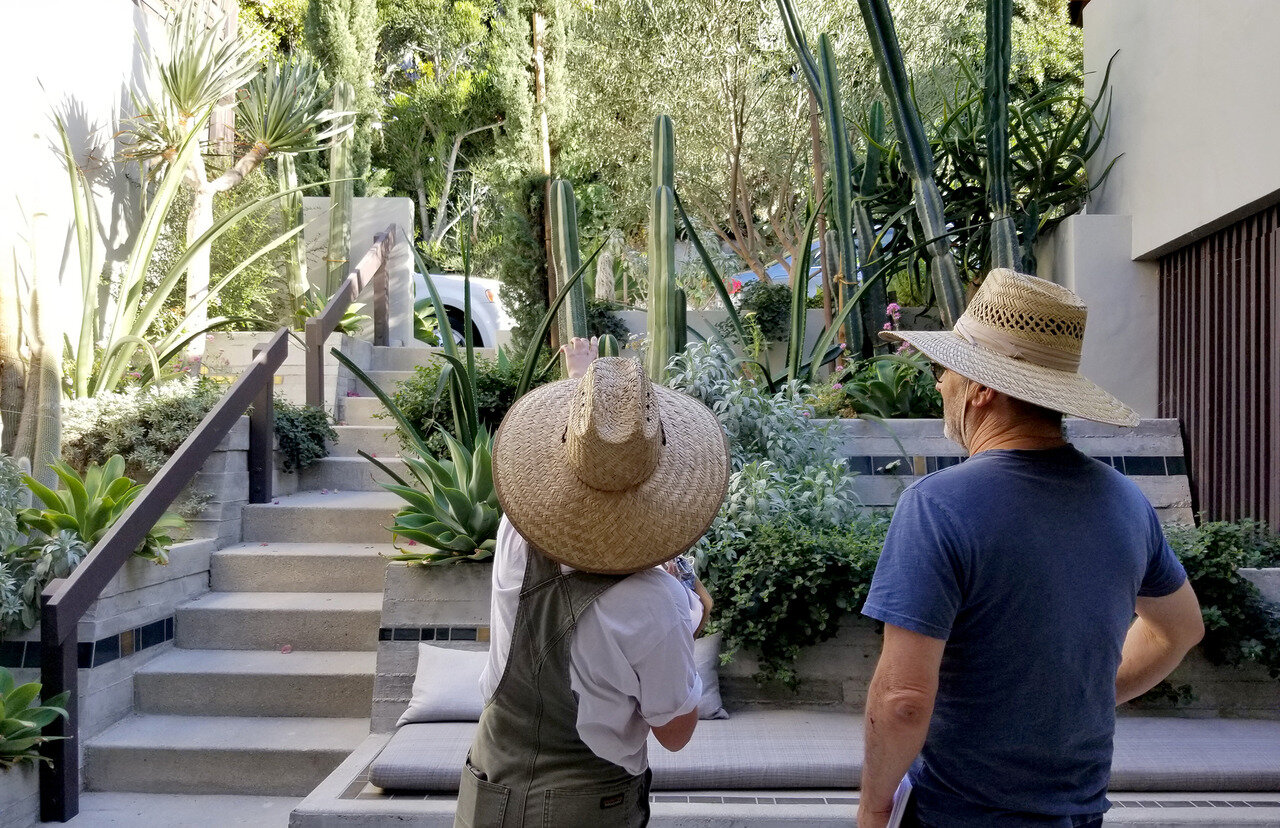#148 - DAVID GODSHALL, Landscape Architect and Co-Founder of TERREMOTO
SUMMARY
DESIGN AND NATIVE PLANTING
This week David Godshall, Landscape Architect and Co-Founder of Terremoto joins David and Marina of FAME Architecture & Design to discuss the design and philosophy of landscape architecture, running an office, when native plants should and should not be used, reviews of recent landscape architecture projects, the differences between landscape architecture and architecture, and more. Enjoy!
ABOUT TERREMOTO
TERREMOTO is a landscape architecture design studio with offices in Los Angeles and San Francisco, California.
TERREMOTO creates well built, site-specific landscapes that respond to client needs while simultaneously challenging historical + contemporary landscape construction methods, materials, and formal conventions. Our design approach is post-internet, critically-regionalist, and respectfully inflammatory. We reserve the right to revise the previous sentences and those that follow whenever we please, as we are a practice that prioritizes constant evolution.
TERREMOTO believes in the ebullient exploration of form and operates under total freedom from historical form-giving systems and modes of thought. We gnaw on the bones of Modern and Postmodern landscapes alike; we consider new, inverted futures for the Baroque and the Picturesque. We pillage the tattered fuselage of worlds East and West. We have no particular identifiable style, because beauty is diverse.
TERREMOTO mines the omnipotence of intentional inexactitude, and flirts openly with illegibility. We strive, in many cases, to do as little as possible. We revere the history of landscape architecture, but also kind of want to destroy it.
TERREMOTO takes issue with the prevailing mainstream tendency in our profession of not acknowledging / portraying the human beings who build landscape projects. We respect and honor the laborer by making their contributions present, clear and explicitly visible in our work and crediting. We believe in the need for immigration reform, that our industry is long overdue for structural overhauls relating to labor, and that Black Lives Matter.
TERREMOTO believes that physical form is reason made visible, and thus philosophical subtexts and exploratory dialogues will eternally guide our work. Material daydreams, scientific walkabouts and the musical anarchy of horticulture, ecology, and art inform and inspire us.
Guided by these beliefs and a ceaseless discourse, we aim to create environments that are aesthetically, ecologically, and metaphysically provocative + productive. TERREMOTO FOREVER.
HIGHLIGHTS
TIMESTAMPS
(00:50) (26:13) Starting an office in two different cities and David’s journey into Landscape Architecture.
(10:56) The differences between architecture and landscape architecture.
(27:32) Working on residential, hospitality, and commercial projects and balancing larger projects, design quality, and office size.
(36:23) The Salesforce Terminal Park in San Francisco and prescriptive landscape design.
There's a thing in landscape architecture that's impressed upon you in school—which Terremoto is kind of actively coming out and against—which is ‘prescriptive landscape spaces’ where you walk into a park and it's like: Here's how you go, and this is where you stop, and here's an amphitheater, and there's all these little things. What I'm much more interested right now—[for example] is our platform park—is a kind of an exercise in like no program. There’s grass and things, but whatever it was so wrong with going outside to just be in the garden and getting back to that? I feel like civic scale parks ended up having kind of a kit of parts of the same sorts of elements, which I just think is not enough. (39:27)
(40:46) The Getty Museum Garden.
(49:21) The social meaning of plants: horticultural semiotics in landscape architecture.
(55:45) The importance of native species and why they don’t always have to be used.
I would also argue that the manipulation of horticulture is inseparable from human civilization. Basically we created our society so that we could farm and in doing that, we've also always essentially gardens from the dawn of human civilization as well…
It's something that's fundamentally important to Terremoto as an office to promote locally ecology. That said, it's also a very political world because the native plant community has a tendency to tell everybody else what they're doing, that what they're doing is wrong. And I don't believe that that is a way of winning over the hearts and minds of the greater populace. So I would rather build a native focused and native heavy projects while not necessarily always being explicitly native species. (56:51)
Many people have a lot of negative connotation connotations with native species. At this time of year, for example, a native garden looks pretty beat up. I actually find that very beautiful, but a lot of people have different notions of beauty and are still tied up in these postwar [mentalities where] things should be green all the time. So I think what our work is trying to do is to softly push things in the direction of more native ecology. And I think as it continues to grow, people come to understand it and to be honest, what needs to happen is notions of beauty need to change.
(01:02:21) Landscape Architecture versus Architecture and working with Architects.
Landscape architecture is unavoidably regional in a way that architecture is almost more free from context or it can be irreverent in a way that I can’t. I can’t put a plant in the ground that's going to die. So our practice is inevitably an expression of—at least as it relates to botany—regional characteristics. (01:36:01)
(01:13:20) Leading an office that people want to work in. The importance of doubt and questions in the design process.
(01:24:33) The differences between gardens and buildings.
(01:28:41) Creating conceptually driven projects and the design process.
In early days, we’d start the project and be like, “Okay, what's the project? What's our philosophy? What’s our concept?” And then as time went by, we realized sometimes you do know actually early on, “Let's do this thing” but then sometimes you don't and you just have to start. So I've become much more flexible and soft about the fact that the conceptual narrative or like the philosophical exploration of a Terremoto project will happen but you never know quite when. (01:29:40)









